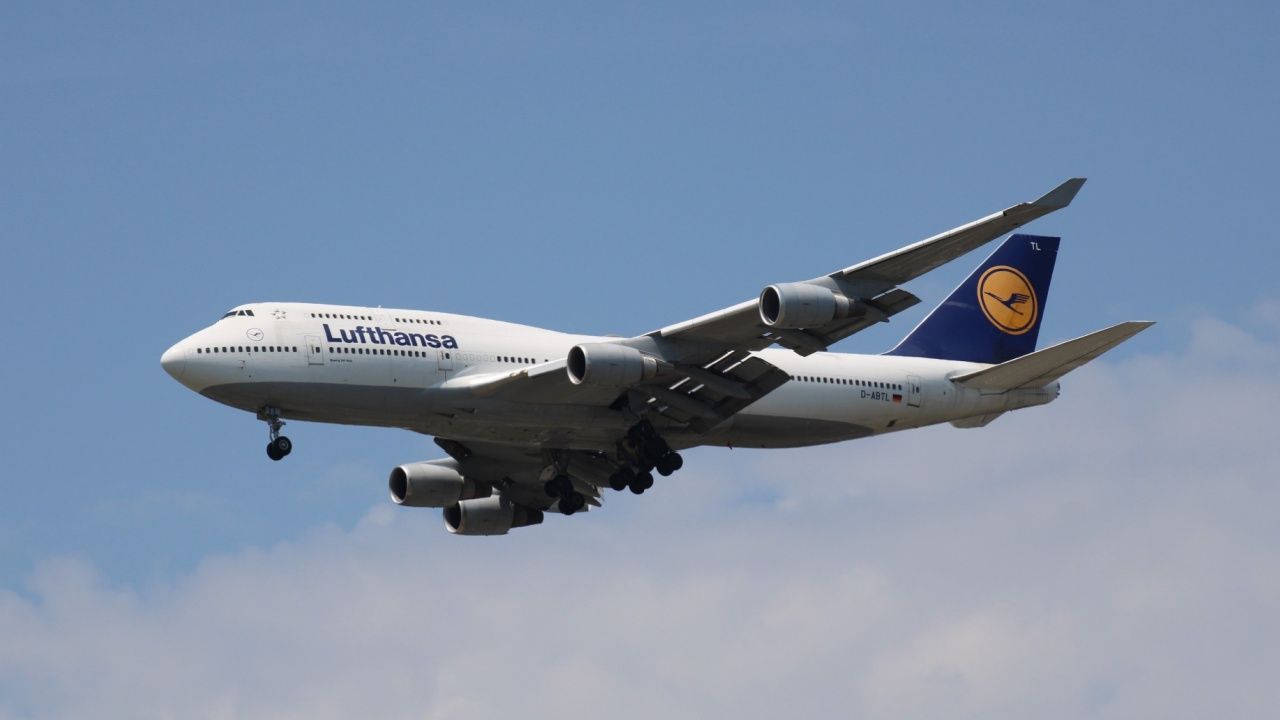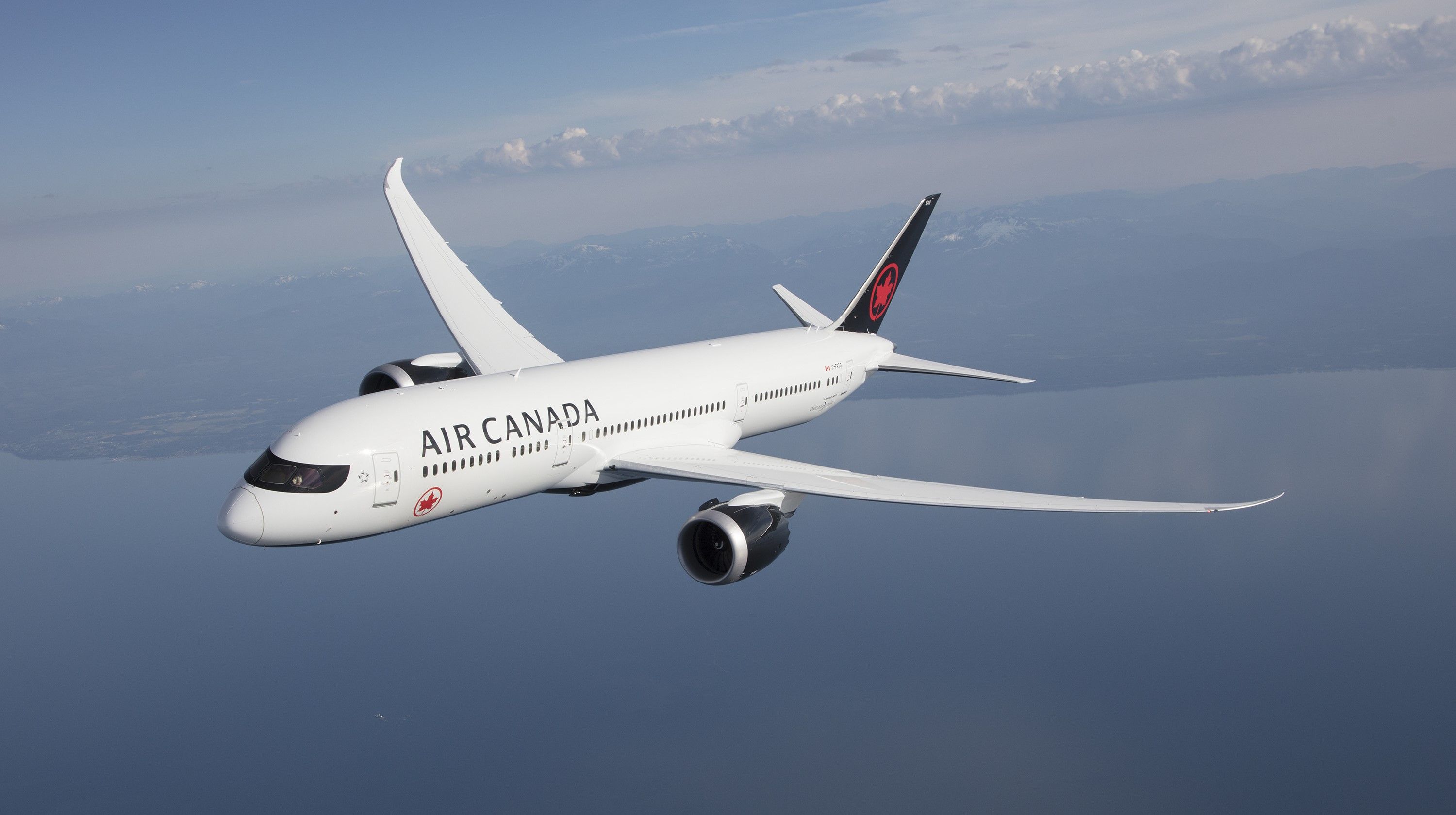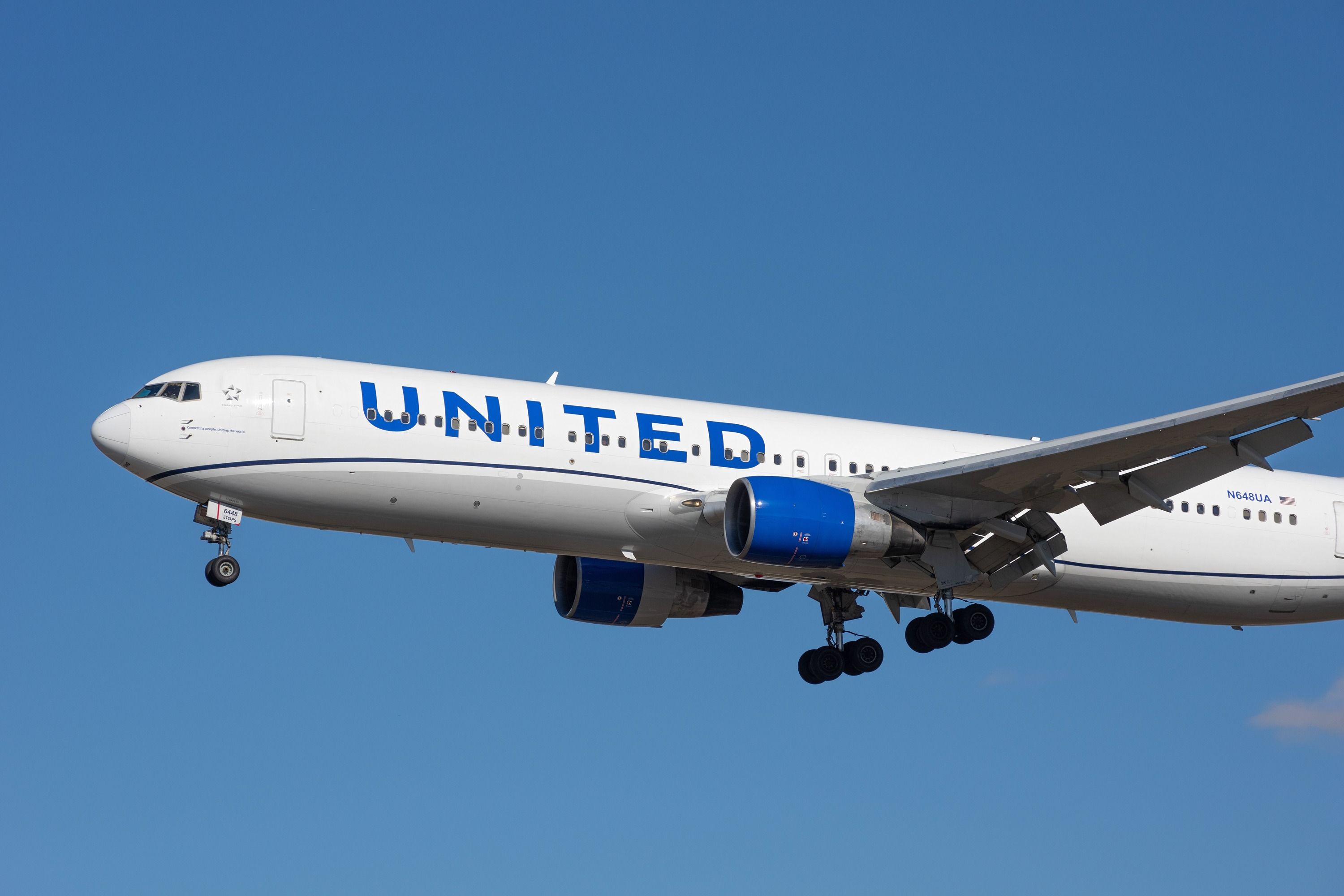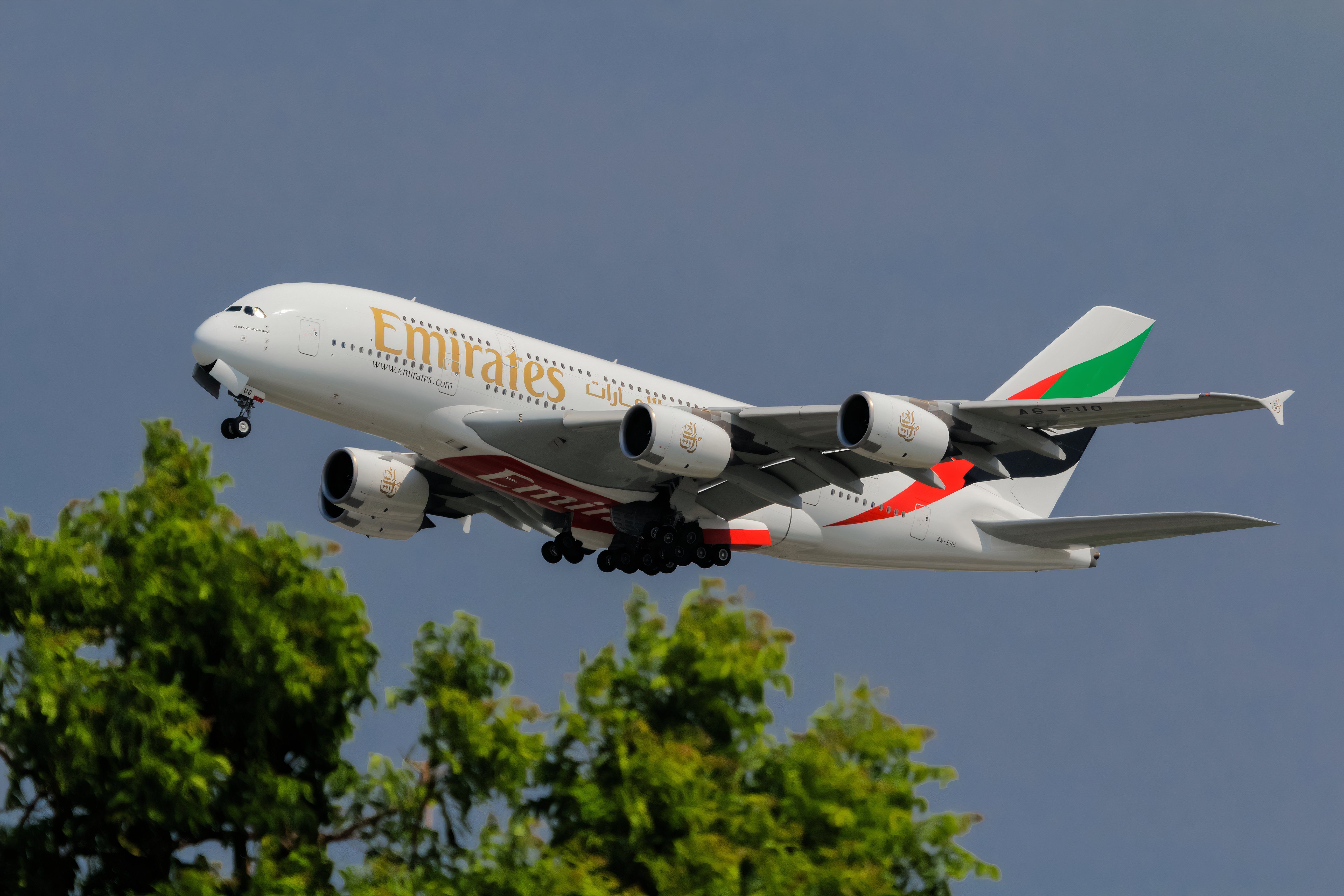Summary
- Airbus A330, Boeing 777, and Boeing 787 dominate 62% of transatlantic flights.
- Boeing 787 Dreamliners’ share rose to 38% during the pandemic due to efficiency.
- Boeing 747’s share of transatlantic flights declined from 12% in 2014 to 1% in 2024, leaving only Lufthansa operating it.
As one would expect, over time, the composition of widebody aircraft flying over the Atlantic changes (although they are all Boeing and Airbus aircraft). New generations of aircraft replace older generations. The busiest airport serving European destinations is New York’s JFK International Airport, which has 112-126 daily departures to Europe. Not all transatlantic flights have widebody aircraft; for example, there will be 25 narrowbody Boeing 737 transatlantic routes this summer.
Mainstay widebody aircraft
According to information gathered by OAG this summer, just three aircraft types—the Airbus A330, the Boeing 777, and the Boeing 787—served 62% of all scheduled airline services. Ten years ago, these three aircraft accounted for only 20% of transatlantic flights.
Photo: Air Canada
Since 2016, the Airbus A330 share has remained surprisingly stable. At the end of 2016, it commanded a 24% share, and in 2024, that changed slightly to 22%. The Boeing 777 has also been remarkably stable over the last decade, holding a nearly constant 20% share (it was 21% in 2024).
In 2014, Boeing 787 Dreamliners were new and only accounted for a 3% share. During the pandemic, that rose to 38% (highlighting the efficiency advantages the aircraft enjoys). This year, their share is around 19% of all transatlantic flights.
Photo: Angel DiBilio | Shutterstock
Ten years ago (in 2014), the Boeing 767 was the second most popular aircraft, making up 24% of transatlantic aircraft. Its share fell to a low of 3% during the pandemic but has since recovered to around 10%. It entered service in 1982 and was built to complement the giant 747.
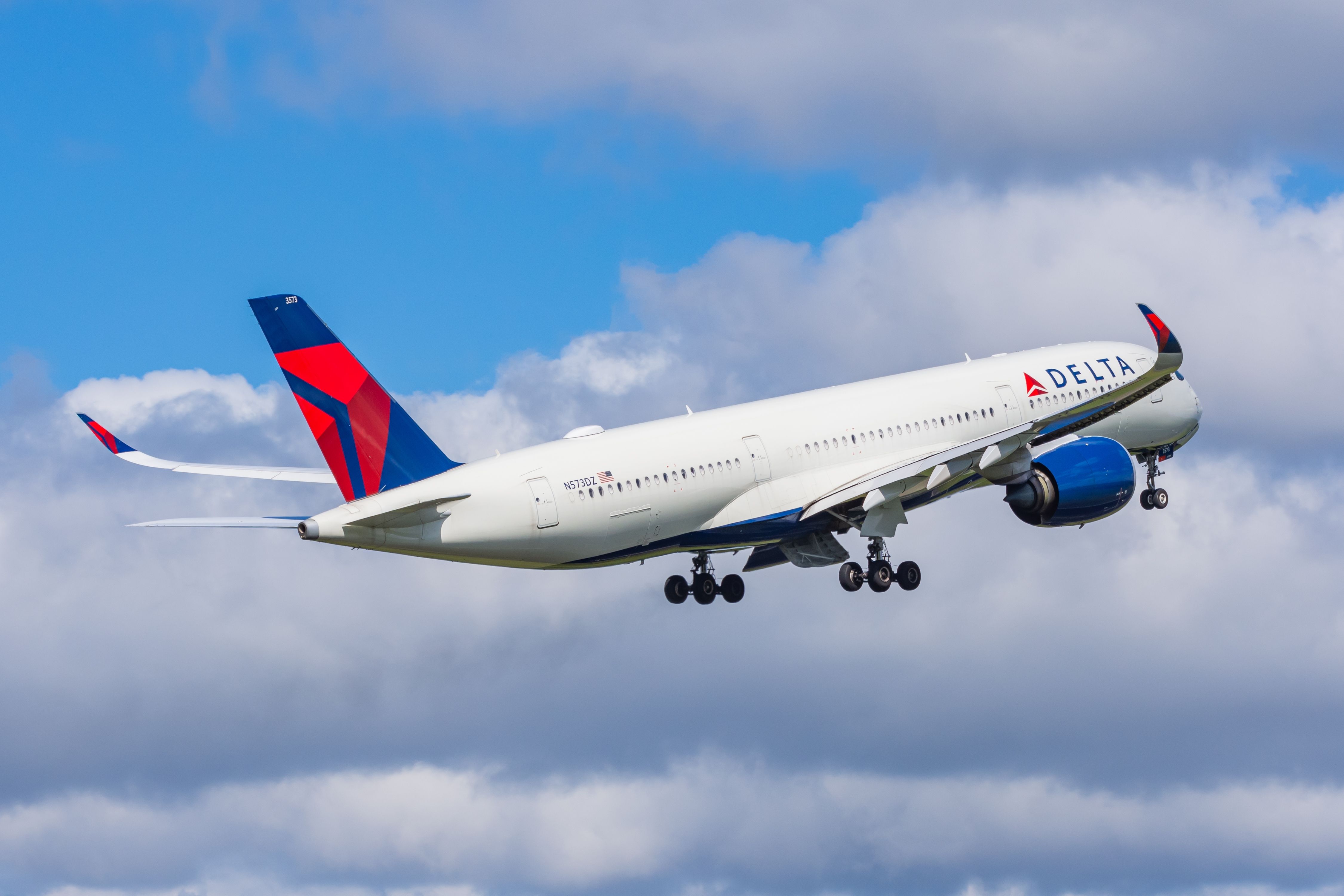
Related
Summer Demand: UK-US Flights See 3% Rise On Pre-Pandemic Activity
Cirium data revealed the most in-demand holiday destinations.
Other risers and fallers
Older (and out-of-production) widebody aircraft like the Boeing 747 are declining over time, while the now out-of-production Airbus A380 is also declining. A380s were always a small percentage of transatlantic aircraft (never more than 3%). They stopped entirely during the pandemic and now have a share of around 2%. As of the summer of 2024, British Airways, Lufhansa, and Emirates were the only transatlantic operators of the A380.
One aircraft likely to rise to prominence in the coming years is the new Airbus A350. The A350 first started appearing over the Atlantic in 2018, and its share shot up during the pandemic, as other older aircraft were grounded at 11%. Now, it has around 8% share and is rising. With Airbus ending the A380, the A350 is now its largest airliner in production.
Photo: Sudpoth Sirirattanasakul | Shutterstock
In 2014, Boeing’s 747 Jumbo jet accounted for 12% of transatlantic flights, but by 2024, this had fallen to just 1%. This means that the iconic Queen of the Skies only hangs by a thread.
The only transatlantic operator remaining for the Boeing 747 is Lufthansa. Lufthansa operates the final 747-8 variant of the Jumbo jet (Lufthansa still operates a fleet of A340s, A380s, B747s, A350s, and B787s). The 747-8 is also the largest variant of the B-747 family of jets (two B-747-8Is are currently being converted to replace the existing “Air Force One” fleet).

